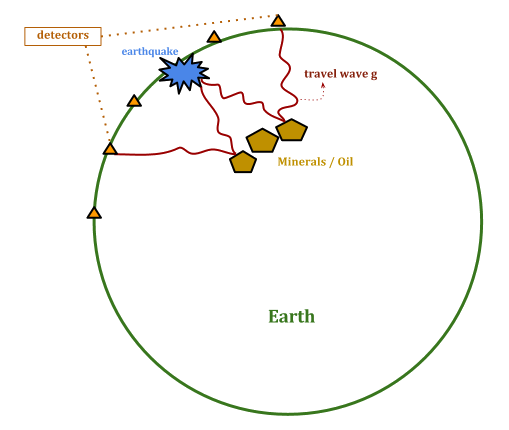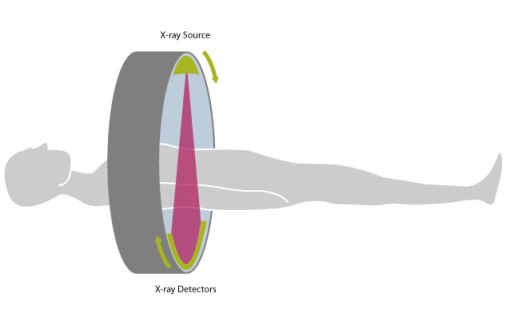4th Leibniz MMS Days
March 20 - March 22, 2019
Kühlungsborn
Session on Applied Inverse Problems

aperture synthesis radar imaging(Maximum Entropy with regularization) and MIMO techniques (IAP)
But regularization techniques also occur when model based simulations are used. These models often rely on certain degrees of freedom, which must then be fixed based on observed data (model fitting). If the number of model parameters is high, and/or the the data may not follow the model accurately enough (as e.g. in climate models), then regularization is useful to avoid over-fitting and to enable reliable predictions.
The mathematical tools for regularization may be deterministic, but these may also include Bayesian procedures to allow for quantification of the inherent uncertainties.


Images source: Carlos Montalto Gracía